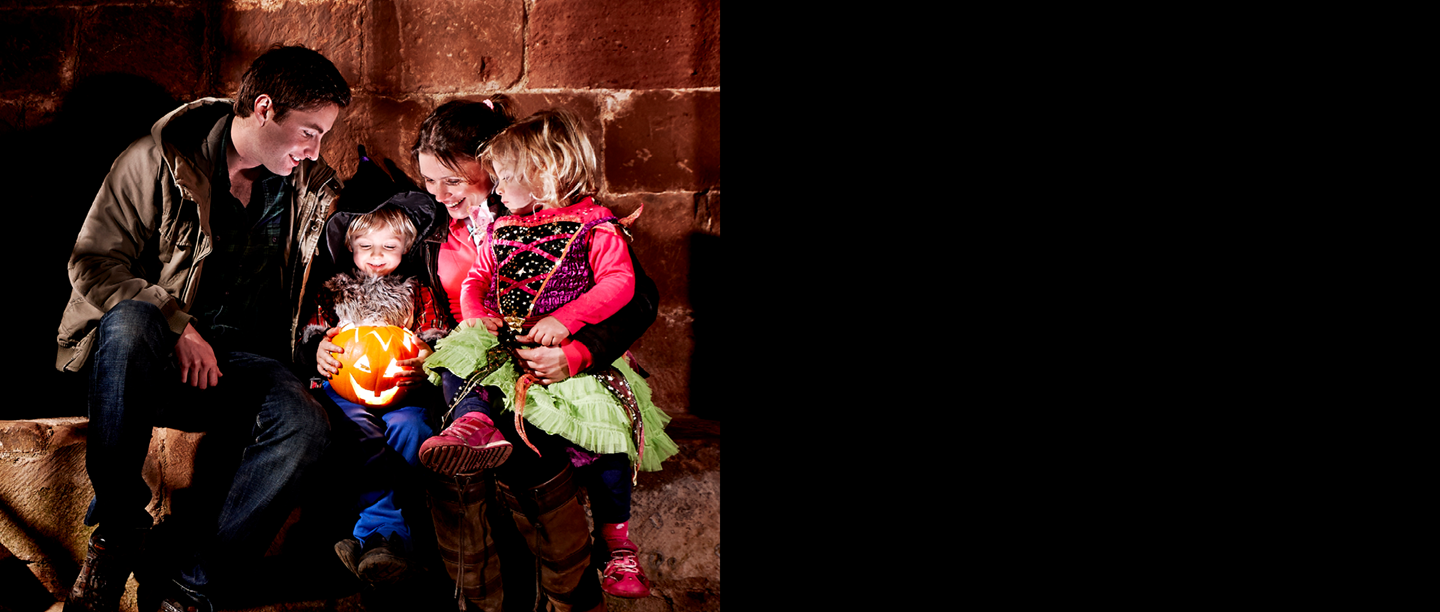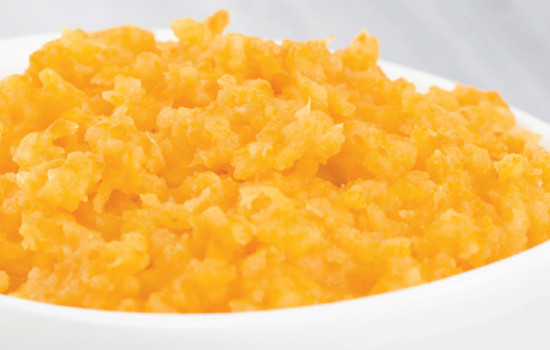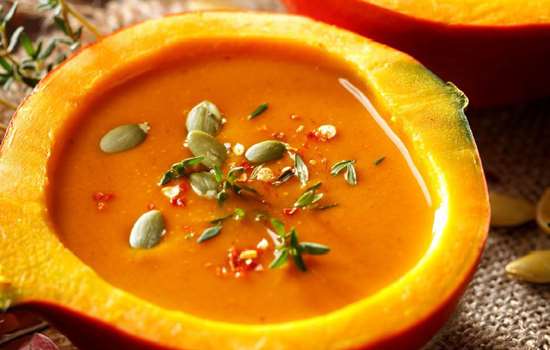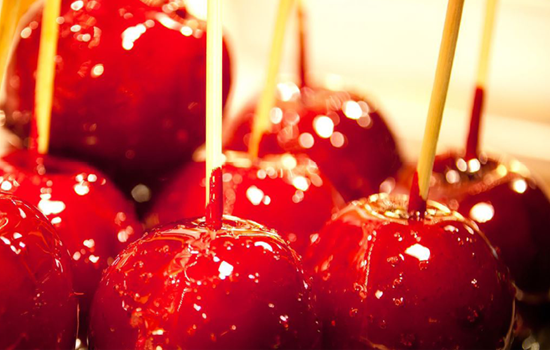Why do we celebrate Halloween?
Historians have lots of ideas about why 31 October – Halloween – is associated with ghosts and ghouls. Some think Halloween’s origins are from before the Romans, linked to a Celtic festival called Samhain, and that Halloween marked the beginning of the ancient winter. Perhaps the long nights and falling leaves made our ancestors think about death, decay and darkness.
Or, is it because it’s the day before two very important Christian holy days? Halloween means ‘All Hallows’ Eve’. That’s because it’s the day before All Saints’ Day on 1 November – a day to honour all ‘hallowed’, or holy, people. The day after that it’s All Souls’ Day, which is a day to remember the souls of all those who’ve died.
Whatever its origins might be, people have been scaring themselves silly on Halloween for a very long time.
Carved Halloween turnips
Punkies and lanterns
Today, two of the most common – and enjoyable – Halloween activities involve carving spine-chilling faces into pumpkins and dressing up in blood-curdling costumes to go trick or treating. Both are often said to be American imports. Wrong!
Instead, they have their origins in England, Ireland and Scotland. Traditionally, turnips are harvested at this time of year, so there’s a lot of them around. They were a very important part of our ancestors’ winter diet giving much needed nourishment and vitamins.
Preparations for Halloween in the past involved carving ghastly faces into turnips, to make them look like demons and devils. Burning candles were placed into the hollowed-out turnips. These shining turnips were called ‘punkies’ and ‘Jack o’Lanterns’ and were named after ghostly lights rumoured to be seen in marshes and bogs that were believed to be the spirits of the dead.
Trick or treating also has its origins in the UK. Children misbehaved on Halloween – in Yorkshire it used to be called Mischief Night. This involved dressing up in disguises and costumes and knocking on the doors of neighbours, making ghostly noises and then running away. They carried glowing lanterns while making their mischief.
Pumpkins and squash harvested at Walmer Castle and Gardens, Kent
Pumpkins, tricks and treats
In the 1800s, a lot of people left England and Ireland to go and live in America. They took their Halloween traditions with them, but instead of carving turnips, they made their Halloween lanterns out of pumpkins. There are a lot of pumpkins in America in the autumn. They’re soft and much easier to carve than hard old turnips. You can also make delicious pies and soups from pumpkins.
The English and Irish traditions of Halloween costumes and naughtiness eventually turned into American trick or treating. Halloween pumpkins and trick or treating started to become popular in England about 20 or 30 years ago. Many people think these are American inventions, but in many ways they’ve just been reintroduced – and they’re modern versions of old traditions that go back hundreds of years.
Carve a Halloween Turnip
Now you know why we carve pumpkins at Halloween, why not try carving a turnip this year instead of a pumpkin? Watch this video to discover how to carve your own terrifying turnip.
Watch on YouTubeFrightful feasting!
This Halloween, why not try a tasty new treat? Below, we've added three delicious ideas that use seasonal vegetables and fruits harvested in autumn. Download our easy to follow recipe cards, and make sure to ask an adult to help you in the kitchen.



